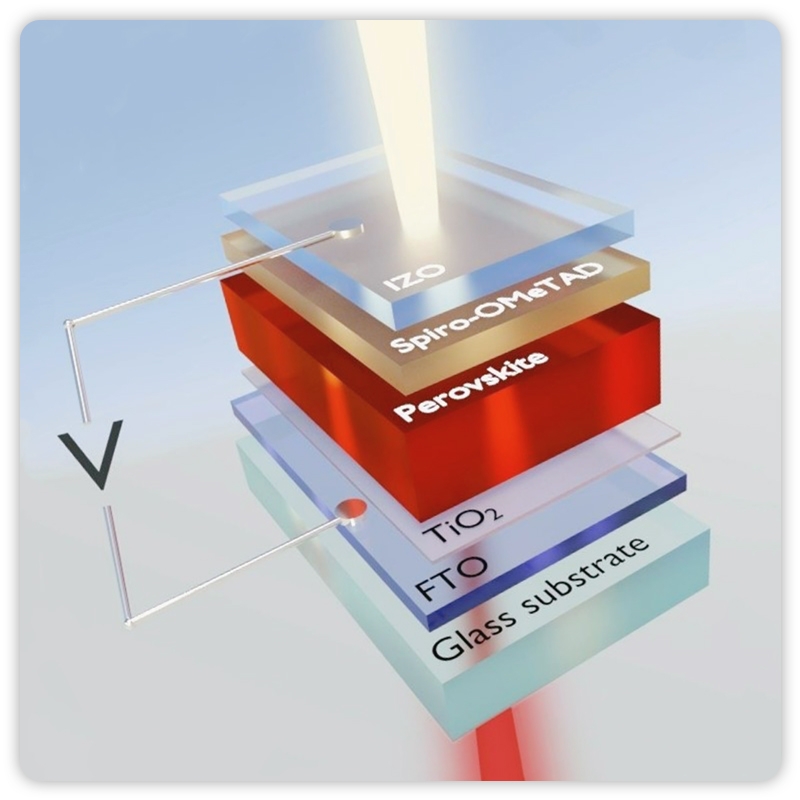The study found that morphine rewards the neural mechanisms of reward
-
Last Update: 2020-12-26
-
Source: Internet
-
Author: User
Search more information of high quality chemicals, good prices and reliable suppliers, visit
www.echemi.com
Morphine is co-regulated through opioids in PV and SST neurons
A new study by Malan, a professor at Fudan University's School of Brain Sciences, found that morphine can co-activate two different types of intermediate neurons in the cerebral cortical layer, causing the persistent inactivation of inhibitory neurore loops, revealing the neural mechanisms by which addictive drugs such as morphine produce strong rewards and dependences. Recently, the study was published online in Molecular Psychiatry.
such as morphine have good analgesic effects, but they can also have a strong reward effect (pleasure), which can lead to addiction and even abuse. Studies have shown that opioids such as morphine work by activating opioids on the cell surface. Most neurons in the brain are excitable neurons. Previous studies have shown that the administration of opioids can cause long-term changes in the morphology and functional plasticity of excitable neurons, which are considered to be the basis of their pharmacological effects and addiction. However, there are also intermediate neurons in the cerebral cortical layer, although only a small fraction of the number of neurons, but its mediated inhibitory synapse transmission plays a key role in regulating excitable synaptic transmission and loop integration, and its abnormal function will lead to mental illness.
team found that morphine activates μ-opioids on intermediate neurons in PV, directly reducing inhibition of excitable neurons. At the same time, morphine also enhances the inhibition of PV neurons by activating δ-opioids on SST intermediate neurons, further weakening PV's inhibition of excitable neurons.
Malan, the paper's co-author, said the study was the first to reveal that morphine, by acting on different opioid subjects on two intermediate neurons, co-regulates inhibitory microre loops, directly and indirectly weakening the inhibitory input of excitable neurons in the pre-edge cerebral cortical layer, causing them to persist, creating mechanisms that are unusually strongly rewarding, and providing new ideas for developing low-addictive opioid analgesic drugs. (Source: Huang Xin, China Science Journal)
relevant paper information:
This article is an English version of an article which is originally in the Chinese language on echemi.com and is provided for information purposes only.
This website makes no representation or warranty of any kind, either expressed or implied, as to the accuracy, completeness ownership or reliability of
the article or any translations thereof. If you have any concerns or complaints relating to the article, please send an email, providing a detailed
description of the concern or complaint, to
service@echemi.com. A staff member will contact you within 5 working days. Once verified, infringing content
will be removed immediately.







